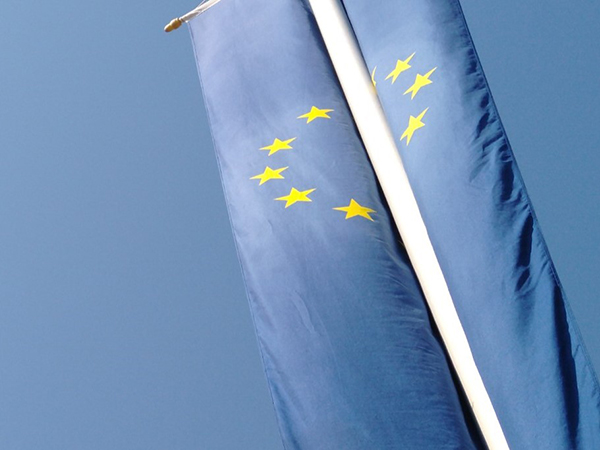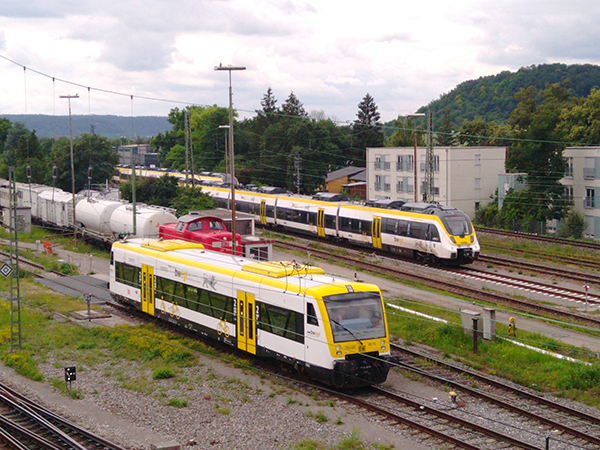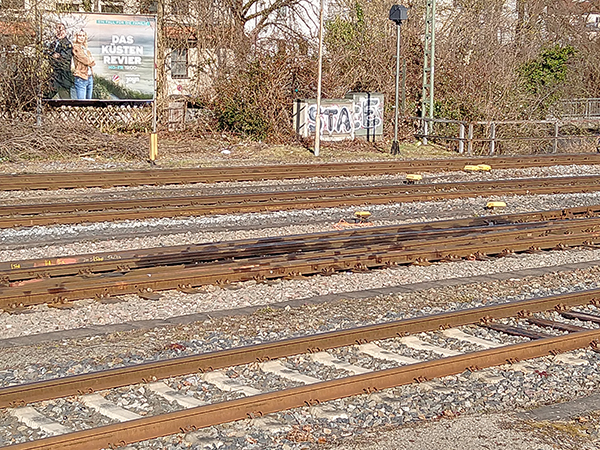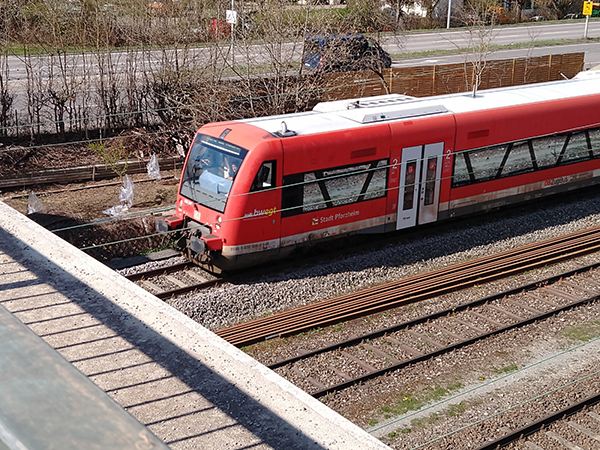On April 10, 2024, the European Parliament approved the reform of the Common European Asylum System (CEAS), which has been planned for eight years. This so-called asylum compromise must now be approved by all EU countries in the Council of the EU in May, which is considered certain. The agreed legislation will then come into force. However, they will take two years for the EU countries to implement and will therefore only be applied from the second half of 2026. The Federal Government must present an implementation plan by the end of this year. To this end, various legislative amendments must be drawn up and adopted.
Above all, the reform provides for stricter regulations, faster deportations and relief for those EU countries where a particularly large number of refugees arrive. According to the EU Asylum Agency, around 1.1 million asylum applications were submitted in 2023, the highest number since 2016.
The reform’s numerous regulations include a new screening procedure at the EU’s external borders. People who cross the external borders without a visa will have their fingerprints taken and their identity, state of health and potential security risks established. The procedure is to take place near the borders and last a maximum of seven days. Persons entering the country may be detained for the duration of the procedure. After the screening, the persons entering the country will either be referred to the asylum or return procedure.
A new procedural regulation fundamentally changes access to the asylum system for people seeking protection in the EU. In future, asylum seekers who enter the EU’s external borders without a visa, are arrested at the EU’s external borders or are rescued at sea will be examined to determine whether their asylum application must be processed under the so-called border procedure. “Border procedures” take place under the so-called “fiction of non-entry”. This means that it is legally assumed that the person seeking protection is not yet on EU soil—even though they have actually arrived there. This means that an accelerated procedure can be carried out.
In such procedures, those affected only have limited access to legal remedies against negative asylum decisions. The border procedures are primarily intended for people who come from countries with a “protection quota” of 20 percent or less. However, people who cannot produce any documents or who have made contradictory statements at the first interview must also go through the border procedure. Those seeking protection are detained for a maximum of 12 weeks under detention-like conditions, which also applies to families with children. The German government had sought an exemption for families, but was unable to get its way. A total of 30,000 places are planned for the procedure in facilities at the EU borders.
In addition, the asylum authorities in the countries of entry will check whether the asylum seekers have entered the country from a country in which they could have applied for asylum or whether they come from a “safe third country”. The terms “first country of asylum” and “safe third country” refer to countries in which it is assumed that those seeking protection are not at risk of persecution or inhumane treatment.
They must also not be deported from there to life-threatening situations. Countries must respect human rights and grant asylum seekers access to healthcare and livelihoods. The designation “safe third country” can also only refer to one or more regions of a country, meaning that the entire country does not have to be safe. It should also be sufficient for the country to be safe for certain groups of people. If an asylum application is declared inadmissible, asylum seekers must leave the EU and are deported to the “safe third country”.
In principle, responsibility for asylum seekers remains with the countries in which they first arrive. However, if they are under increased “migratory pressure”, they can ask the other member states for help. A “solidarity package” is planned for this. The member states are to distribute at least 30,000 people seeking protection each year and make 600 million euros available for reception measures. EU member states guarantee a certain number of places for distribution. Countries that do not want to take in people seeking protection can contribute financially to the “solidarity package” or provide their own resources and personnel.
A crisis regulation provides for an emergency system with accelerated fast-track procedures for states in which the number of people seeking protection increases exceptionally.
Further information and sources:
https://www.europarl.europa.eu/news/de/press-room/20240408IPR20290/parlament-nimmt-neues-migrations-und-asylpaket-endgultig-an
EU-Asylpolitik | Flucht & Asyl | Zahlen und Fakten | MEDIENDIENST INTEGRATION (mediendienst-integration.de)
tun24042201
Beflaggung vor dem Tübinger Regierungspräsidium. Foto: tünews INTERNATIONAL / Martin Klaus.
002035




